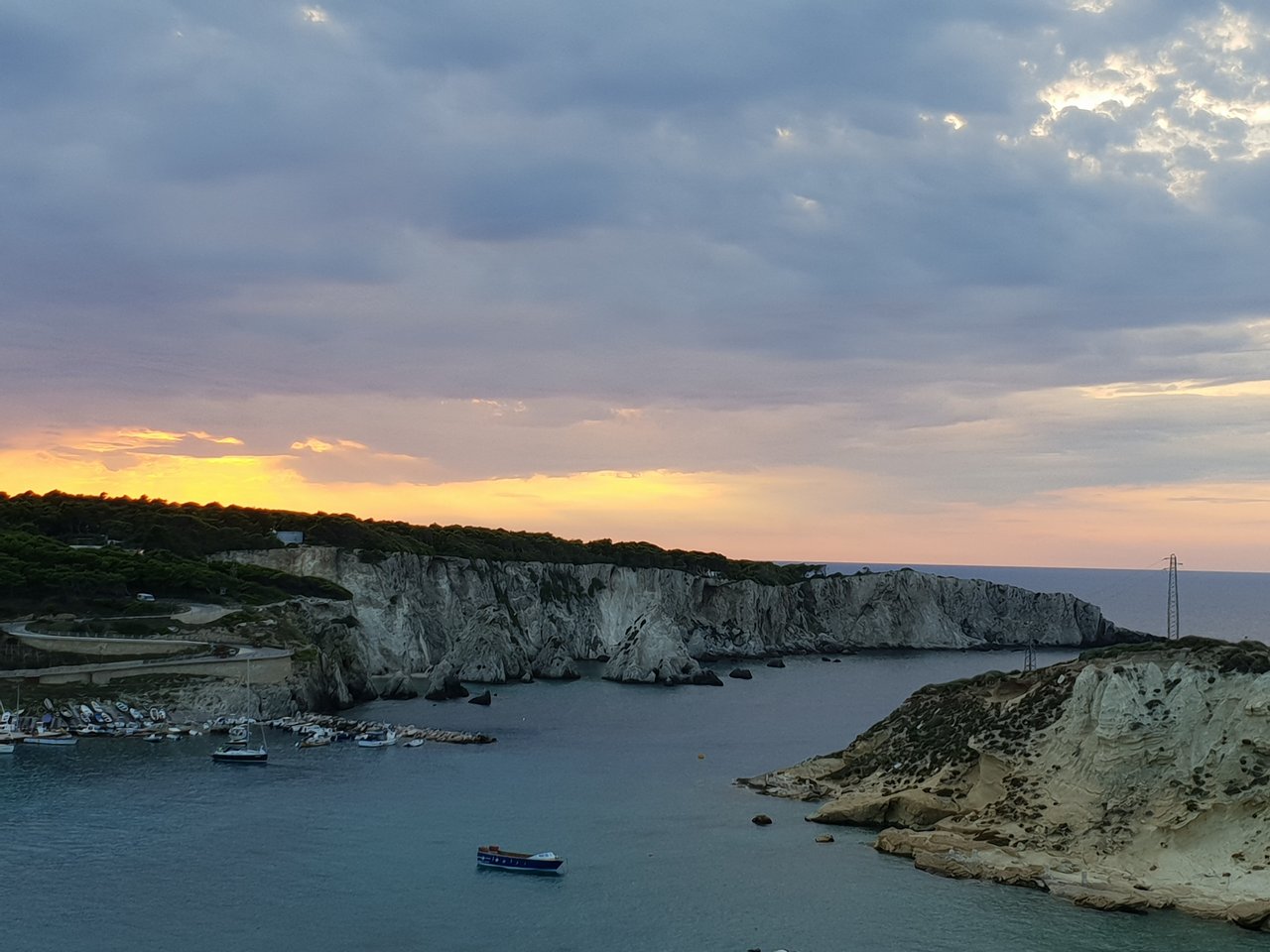
Tremiti Islands

2 0 1 8
San Nicola
The Tremiti Islands are an archipelago located in the Adriatic Sea, between Molise and Puglia are part of the Gargano National Park and have several kilometers of Marine Nature Reserve.

Le isole Tremiti sono un arcipelago situate nel Mare Adriatico, tra il Molise e la Puglia, fanno parte del Parco Nazionale del Gargano ed hanno diversi chilometri di Riserva Naturale Marina.


ancient press of 1619 by Johannes Van Cootwijck.
antica stampa del 1619 di Johannes Van Cootwijck.

Santa Maria a Mare is a sanctuary, located in San Nicola, one of the Tremiti islands, which over the centuries has become a monastery and abbey. in Romanesque style, consecrated in 1045.

Santa Maria a Mare è un santuario, sito a San Nicola una delle isole Tremiti, che nel corso dei secoli è diventato monastero e abbazia. di stile romanico, consacrata nel 1045.
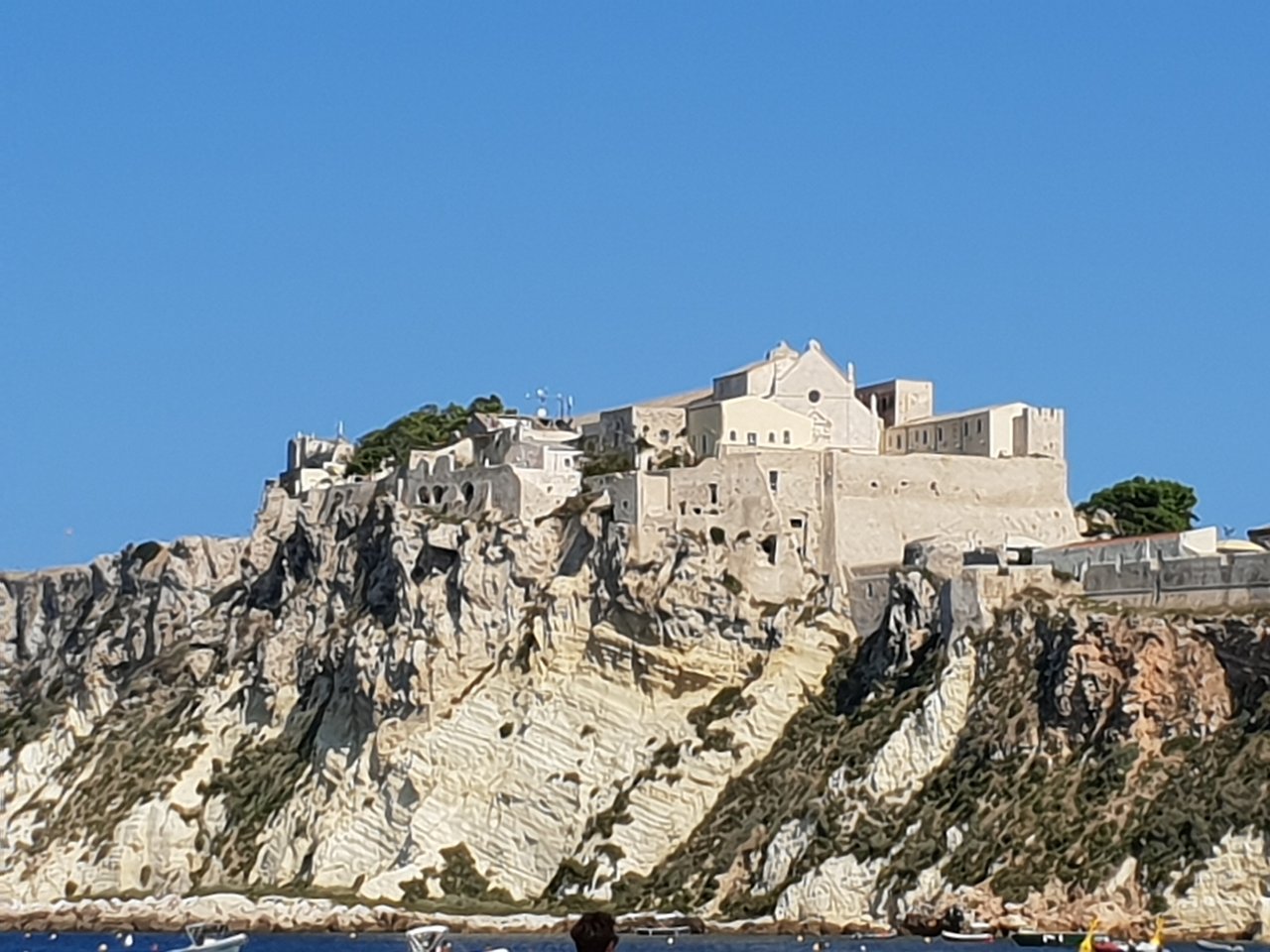
According to a legend, around the III century AD a hermit landed on the island, dedicating his entire stay to prayer. One day he was commissioned by Our Lady to build a holy place on that island, but hermitage observed that in his poverty he did not have the necessary funds for such work.
Our Lady showed him where to dig and after a short time the man made an amazing find: treasures of immense value, perhaps belonging to a Homeric hero, Diomedes, who according to reliable sources, seems to have died on that island.

Secondo una leggenda, intorno al III secolo d.C. un eremita approdò sull'isola dedicando tutta la sua permanenza alla preghiera. Un giorno ebbe l'incarico dalla Madonna affinché edificasse un luogo sacro su quell'isola, ma l'eremita osservò che nella sua povertà che non avesse i fondi necessari per un tale lavoro. La Madonna gli indicò dove scavare e dopo poco tempo l'uomo fece un ritrovamento strabiliante: tesori di immenso valore, forse appartenuti ad un eroe omerico, Diomede, che secondo fonti attendibili, pare sia morto in quell'isola.
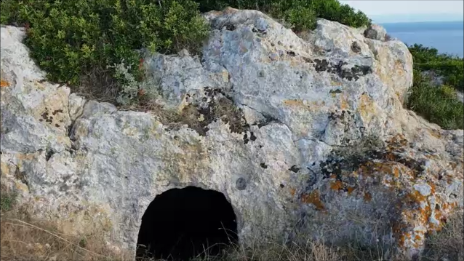.png)
the tomb of Diomedes
After a few centuries the Benedictine monks settled in this place of seclusion.
Around 1300 the Benedictines changed order in Cistercians and King Charles D'Anjou fortified the abbey complex.
Dopo qualche secolo i monaci benedettini si insediarono in questo luogo di clausura.
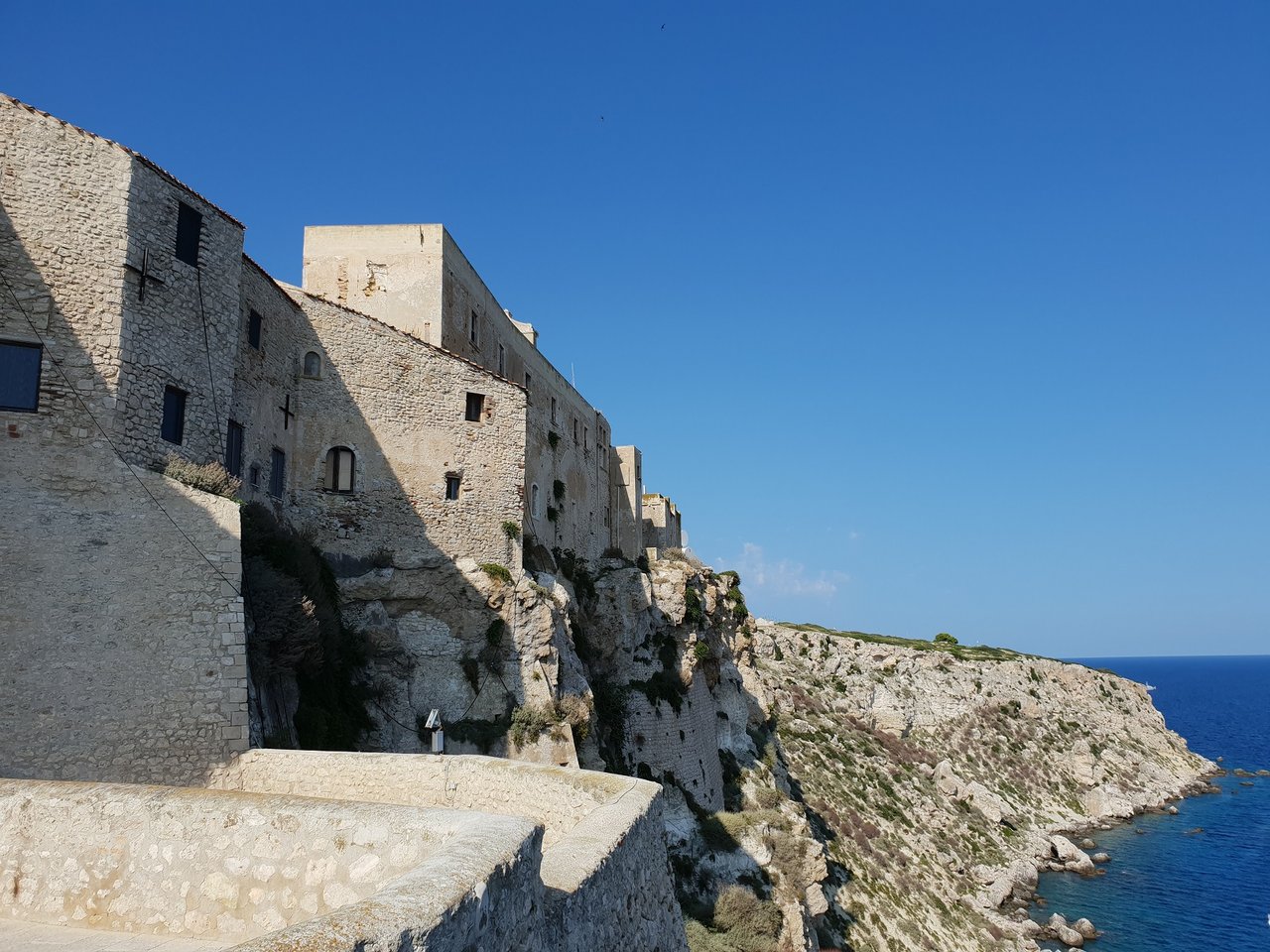
This extraordinary complex was one of the few to resist the attacks of the Turks and remained impregnated, until King Ferdinand IV of Naples made it a penal colony.
Even the fringes of Napoleon resisted the English attacks, sign of a fortress equal to the great fortifications of Malta.
Intorno al 1300 i benedettini cambiarono ordine in cistercensi e il re Carlo D'Angiò fortificò il complesso abbaziale.
Questo straordinario complesso fu uno dei pochi a resistere agli attacchi dei turchi e rimase inespugnato, fino a quando il re Ferdinando IV di Napoli lo fece diventare una colonia penale.
Anche le frange di Napoleone resistettero agli attacchi inglesi, segno di una fortezza pari alle grandi fortificazioni di Malta.

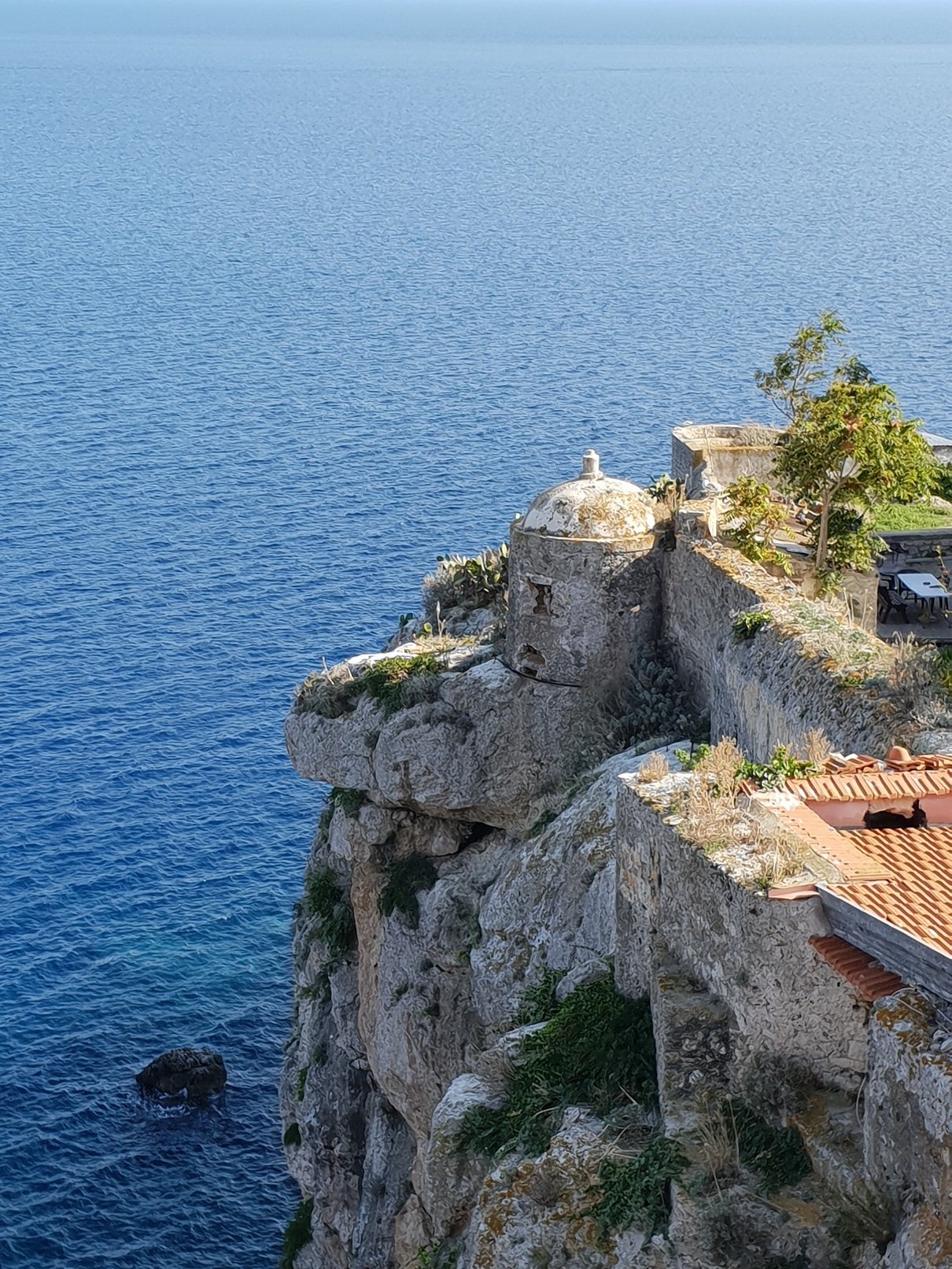
In my small video I tried to document the hundreds of meters of tunnels and tunnels, as well as the multitude of abandoned places and environments, I counted more than 100, even some sections of the monastery are forbidden to visitors.
But I tried to document it anyway.
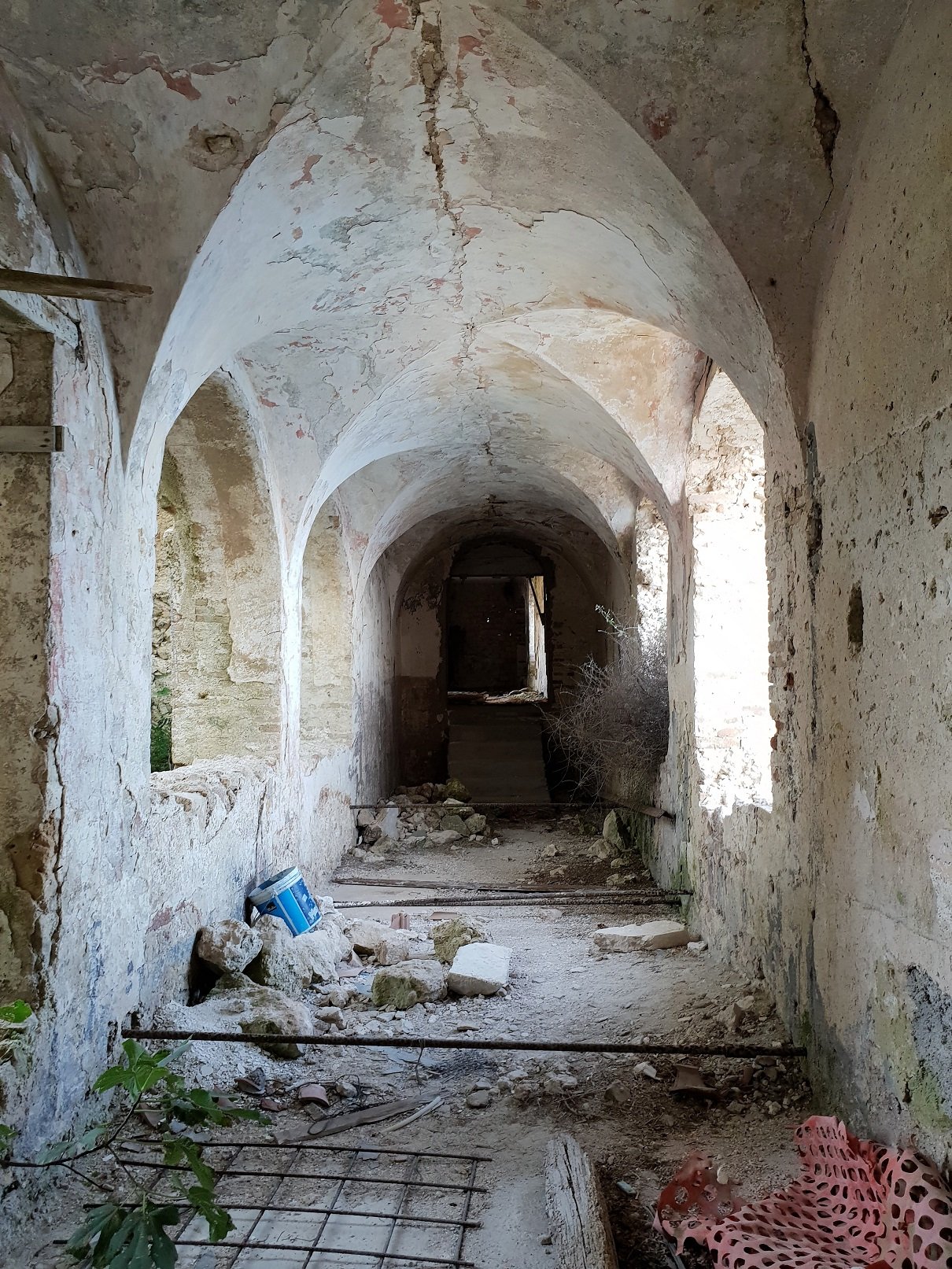
the monastery has hundreds of meters with cross-vaulted galleries, abandoned!
il monastero ha centinaia di metri con gallerie a volta a crociera, abbandonate!
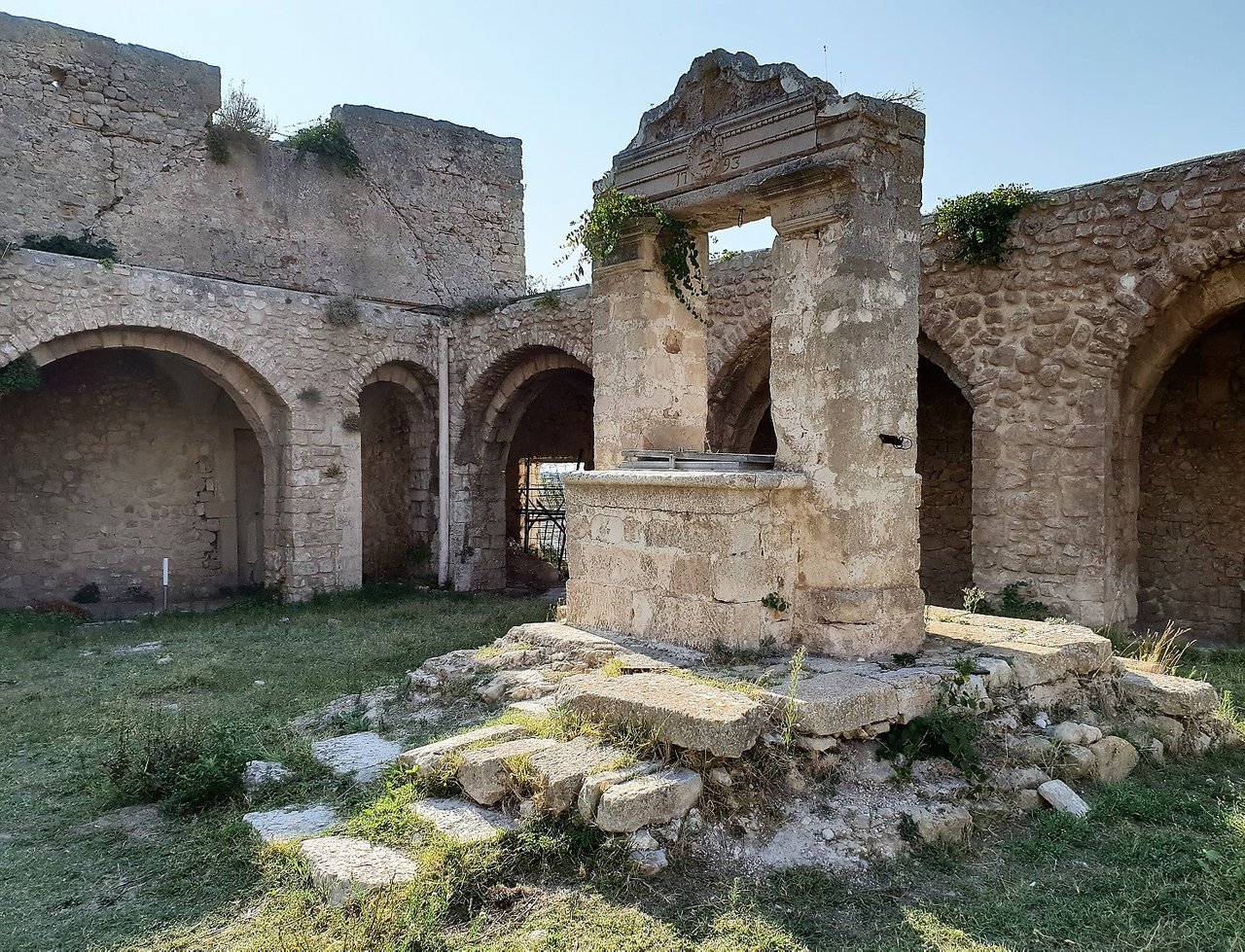
the beautiful well built by the Benedictine monks who draws water from a cistern placed 100 meters away.
il bellissimo pozzo costruito dai monaci benedettini che attinge acqua da una cisterna posta a 100 metri.
At the highest point of St. Nicholas there is a cave, which I documented, the one that according to legend, is the tomb of the hero Diomedes, one of the heroes of the conquest of Troy and that Dante Alighieri places in the hell in the flames in two languages of fire together with Ulysses.
When Diomed dies on the island, legend tells that Aphrodite softens, transforms his companions into seagulls, just the Diomedee that were continually wetting the grave of the great warrior.

On moonless nights, on the promontory of the lighthouse of San Domino, overlooking the sea, the Diomedes that nest in the ravines, sing, emitting garriti with a lullaby similar to that of the vagiti of a newborn.
According to Aristotle, the Diomedee knew how to distinguish with their garrites, the barbarians from the Greeks.

A strong and indivisible hug.
Armando
Hi Hero!

Nel mio piccolo video ho cercato di documentare le centinaia di metri di gallerie e tunnel, nonchè la moltitudine di luoghi e ambienti abbandonati, ne ho contati più di 100, anche alcuni tratti del monastero sono interdetti al passaggio dei visitatori.
Ma ho cercato comunque di documentarlo.
Un abbraccio forte e indivisibile.
Armando.
Nel punto più alto di San Nicola esiste una caverna, che ho documentato, quella che secondo la leggenda, è la tomba dell'eroe Diomede, uno degli eroi della conquista di Troia e che Dante Alighieri colloca nell'inferno tra le fiamme a due lingue di fuoco, nascosto insieme ad Ulisse.
Quando Diomede muore sull'isola, la leggenda narra che Afrodite intenerita, trasforma i suoi compagni in gabbiani, appunto le Diomedee che andavano in continuazione a bagnare la tomba del grande guerriero.
Nelle notti senza luna, sul promontorio del faro di san Domino, a picco sul mare, le Diomedee che nidificano negli anfratti, cantano, emettendo garriti con una nenia simile a quella dei vagiti di un neonato.
Secondo Aristotele le Diomedee sapevano distinguere con i loro garriti, i barbari dai greci.
Ciao Eroe!
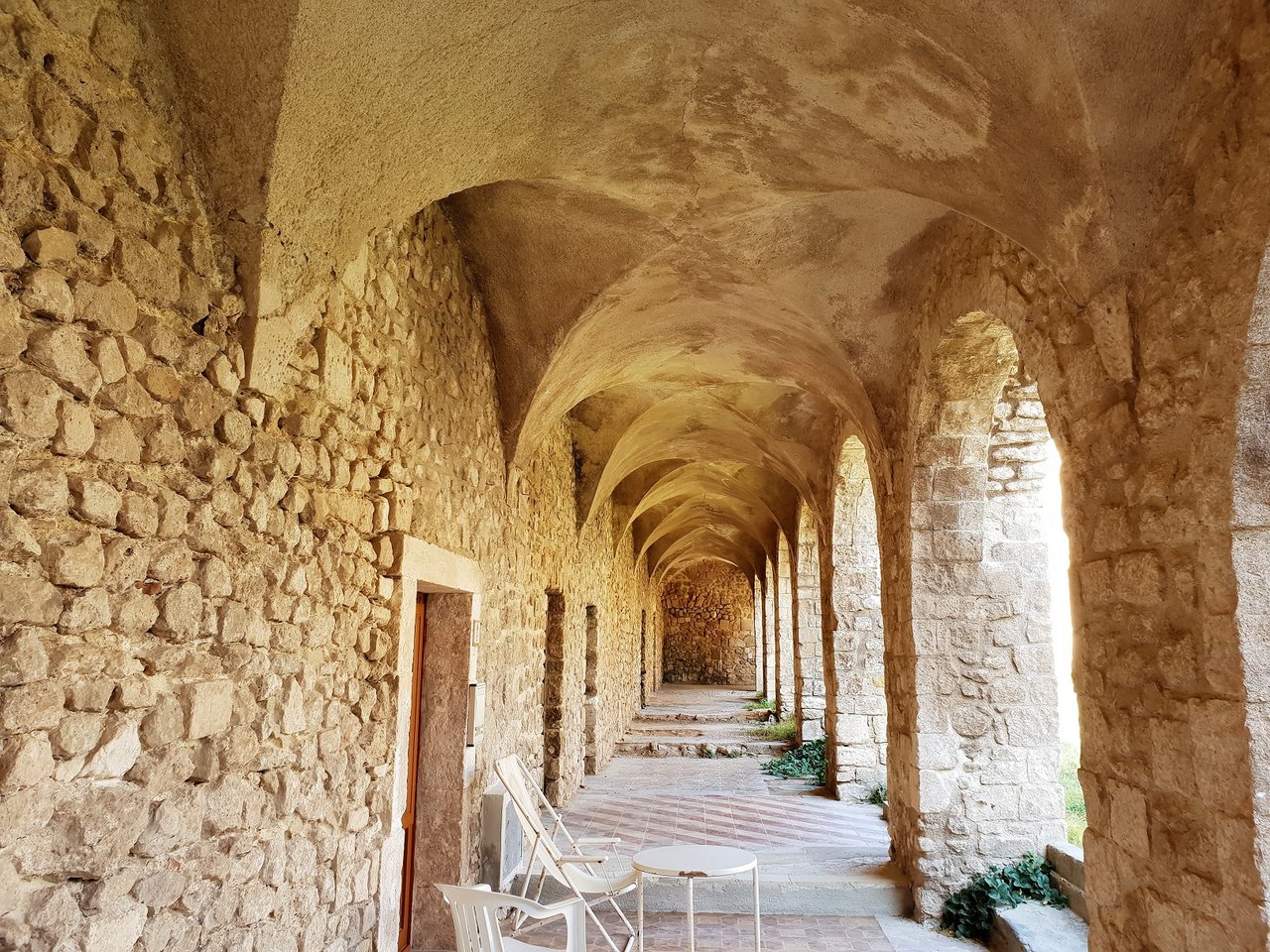
le volte a crociere tipiche dello stile romanico
the vaults to typical Romanesque cruises


- Art teacher
- Curator of cultural activities
- Artistic director and President of the Cultural Association "I Colori della Vita"


